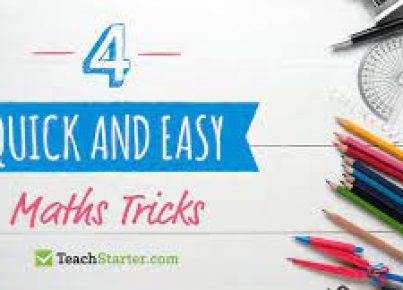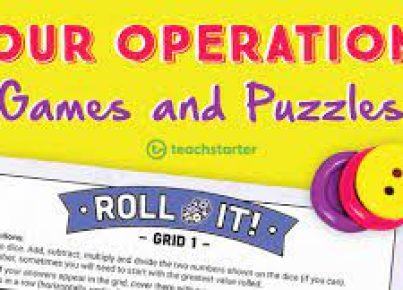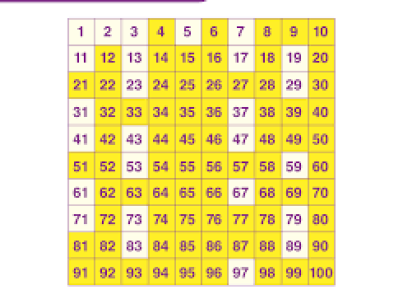Mathematics is often viewed as a collection of abstract concepts that challenge students in classroom environments across the globe. However, when math is applied to real-world situations, it becomes a dynamic tool that can be both fascinating and immensely practical. One creative way to demonstrate the real-life application of mathematics is by planning an end-of-term party, which offers a wealth of opportunities to employ various mathematical principles in a context that is both fun and engaging.
Preparing for an end-of-term celebration requires budgeting, which is an excellent practical application of basic arithmetic. Allocating funds for food, drinks, decorations, and entertainment requires students to add and subtract costs, work with decimals when handling money, and perhaps even apply percentages if they are tasked with calculating discounts or taxes. This exercise not only reinforces basic computation skills but also equips students with financial literacy competencies that are essential in everyday life.
The party planning process also involves spatial reasoning and geometry. For instance, determining the layout of the room where the party will take place requires an understanding of shapes and measurements. Students may need to calculate the area of the room to ensure there is enough space for guests, or use their knowledge of volume to ascertain how much punch they can fit into a punch bowl. These are tangible examples that illustrate the relevance of geometric calculations outside the classroom.
Statistics and probability can make their entrance into party planning when deciding on games and activities. If a raffle or tombola is part of the festivities, understanding chance and odds becomes crucial in explaining how likely it is for someone to win a prize. Even simpler games like guessing the number of candies in a jar can serve as an introduction to statistical concepts such as estimating and making predictions based on data sets.
Food preparation for the party is yet another way to apply math skills practically. Doubling recipes requires multiplication, dividing them necessitates division, and converting measurements between different systems (e.g., cups to liters or ounces to grams) introduces students to proportions and unit conversions. This real-world task makes abstract concepts concrete as students see immediate results from their calculations.
In conclusion, an end-of-term party provides a perfect platform for exploring various mathematical concepts in ways that are directly applicable to everyday scenarios. By engaging with budgeting, spatial planning, probability, statistics, and measurement through such an event, students can gain a deeper appreciation for mathematics beyond textbooks and exams. Math then transforms from abstract puzzles into useful tools that empower students to make informed decisions and tackle practical challenges with confidence.





